Magcubic Projector, Home Cinema Outdoor Projector, HY300 PRO 4K Android 11 Dual Wifi6 260ANSI Allwinner H713
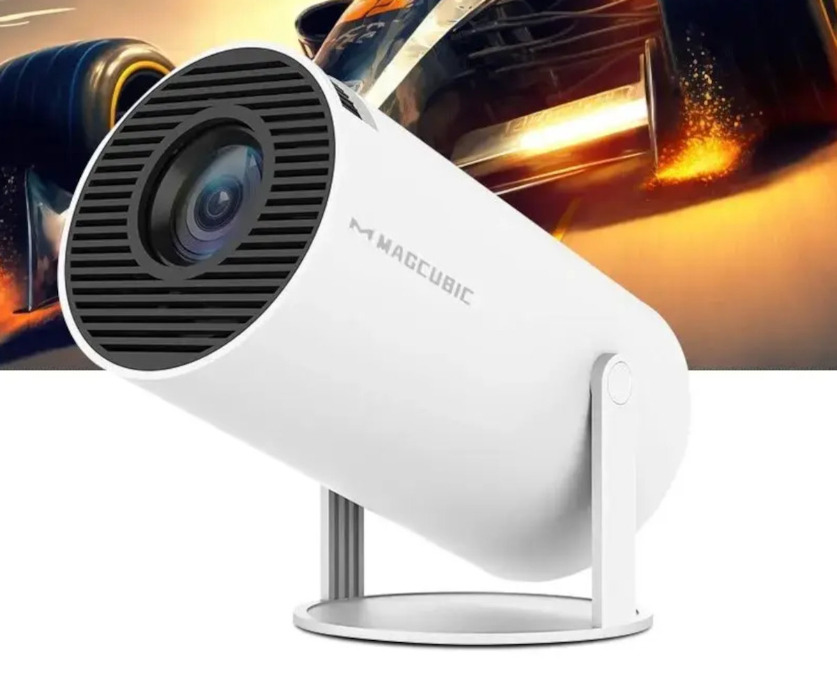
Projectors work by taking an input signal, such as video or image data, and projecting it onto a surface to create a larger display. Here's a general overview of how a projector works:
Input Signal: The projector receives input from a video source, such as a computer, DVD player, or gaming console. This input signal contains the visual information that the projector will display.
Imaging System: Inside the projector, there's an imaging system that processes the input signal. The specific technology used in this system can vary, but common types include:
DLP (Digital Light Processing): DLP projectors use a digital micromirror device (DMD) chip, which contains thousands to millions of tiny mirrors. Each mirror represents a pixel, and they tilt to reflect light either towards or away from the projection lens.
LCD (Liquid Crystal Display): LCD projectors use liquid crystal panels to create the image. Light passes through three LCD panels, each representing one primary color (red, green, blue). The intensity of light passing through each panel is controlled by electric signals to create the image.
LCoS (Liquid Crystal on Silicon): LCoS projectors use a reflective liquid crystal layer on top of a silicon backplane. The light is modulated by the liquid crystals and then reflected off the silicon surface to create the image.
Light Source: The projector needs a light source to illuminate the imaging system and create the image. Traditional projectors often use high-intensity lamps, while many modern projectors utilize LED (Light Emitting Diode) lamps or laser diodes. LED and laser light sources offer advantages such as longer lifespan, lower power consumption, and faster startup times.
Optical System: The projector's optical system includes components like lenses, mirrors, and filters to focus and shape the light produced by the imaging system. It ensures that the projected image is sharp and properly aligned.
Projection Lens: The light from the optical system is directed through a projection lens onto the surface where the image will be displayed. The lens helps adjust the size and focus of the projected image.
Projection Surface: The image is projected onto a flat surface, such as a screen, wall, or even a specialized projection surface. The surface should ideally be smooth and white for optimal image quality.
Color Processing and Correction: Projectors often include color processing algorithms to ensure accurate color reproduction. They may also feature keystone correction to adjust for image distortion caused by the projector not being perfectly aligned with the projection surface.
Control and Connectivity: Projectors typically include controls for adjusting settings like brightness, contrast, and aspect ratio. They also offer various connectivity options, such as HDMI, VGA, or wireless, allowing them to connect to different devices.
Overall, projectors combine sophisticated imaging technology with optical components to create large-scale displays for a wide range of applications, including presentations, home theater, gaming, and more.
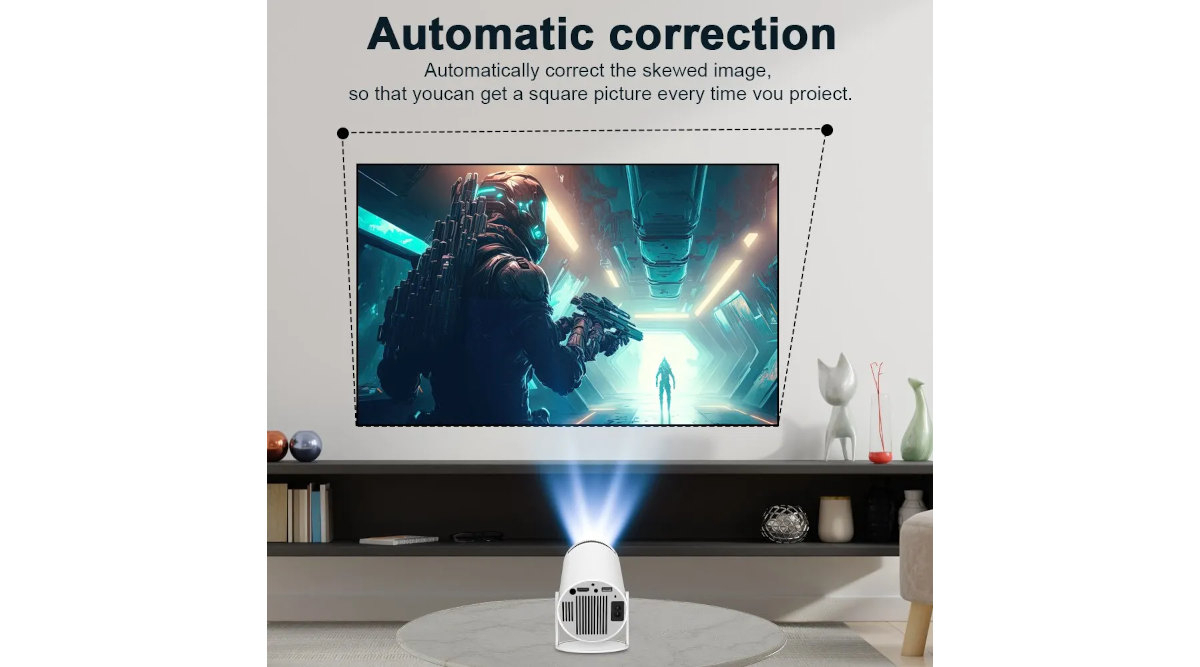
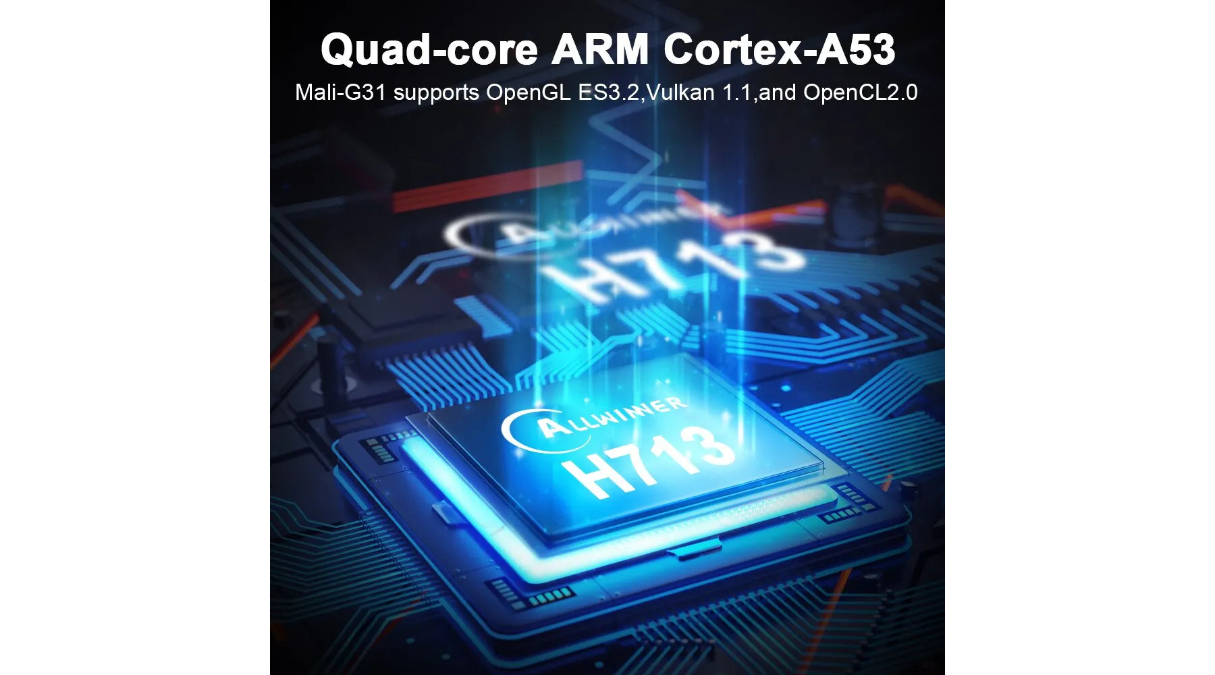
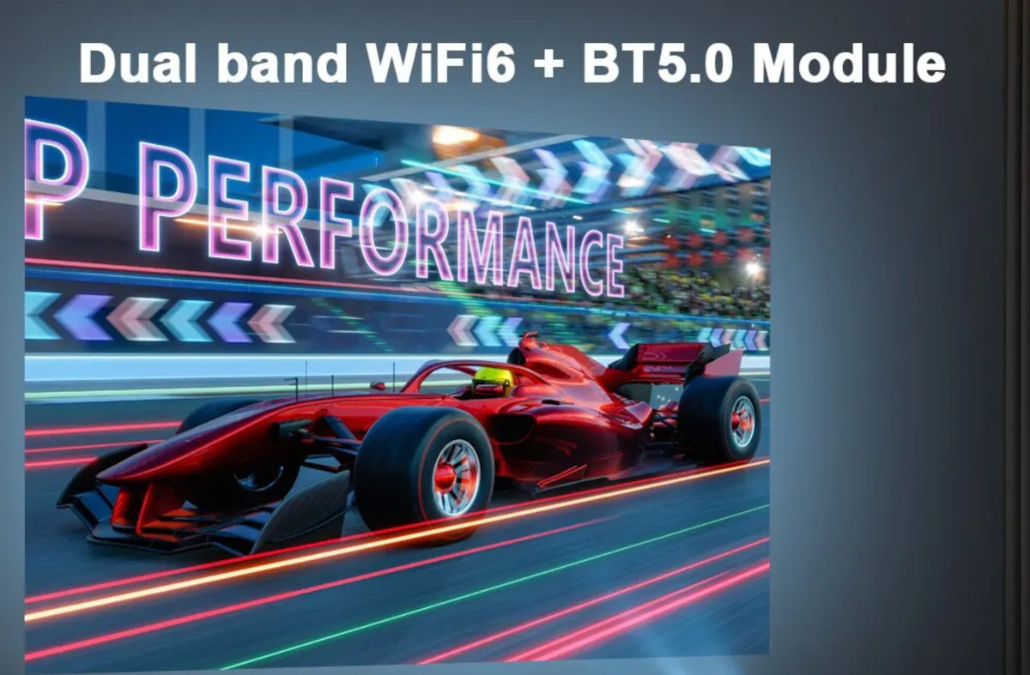
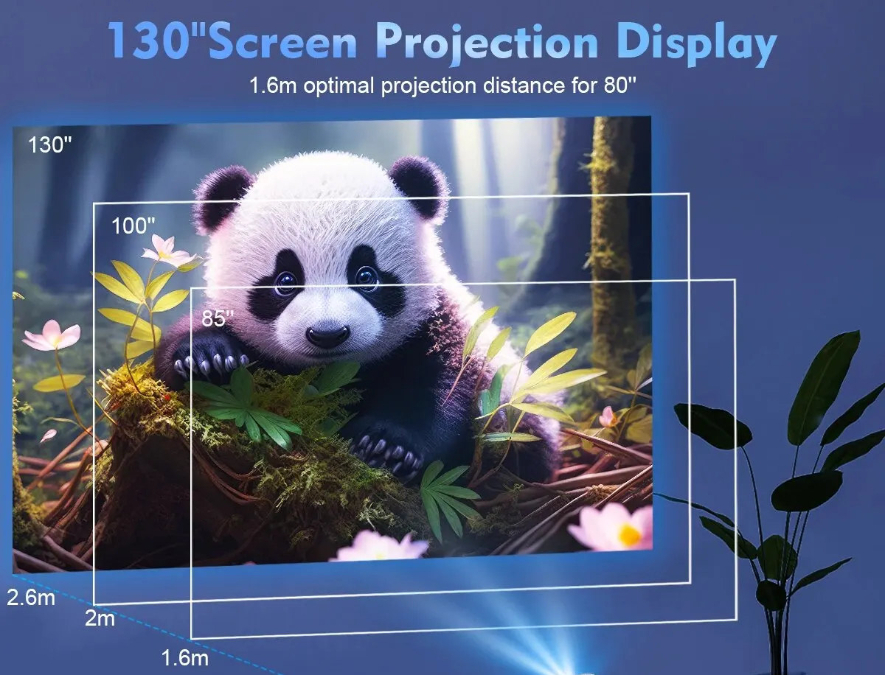
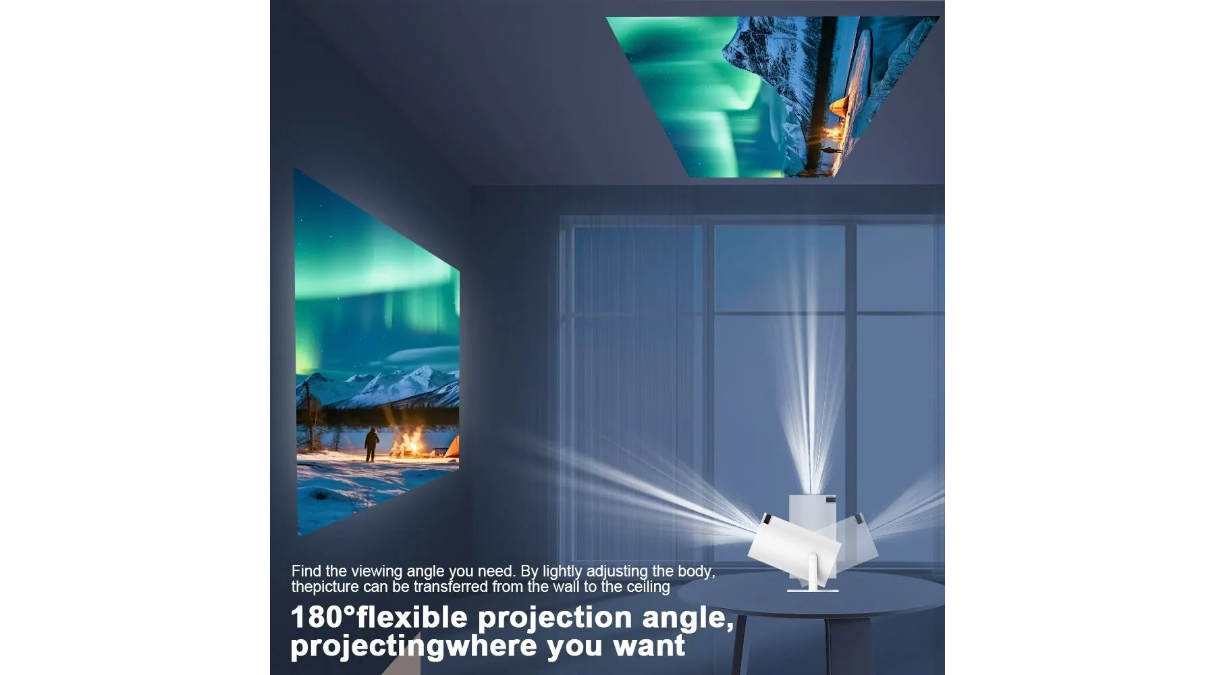
Magcubic Projector, Home Cinema Outdoor Projector
TRANSPEED PROJECTOR 4K ANDROID 11: get the most out of your projector with a built-in transpeed app. connect to your favorite movies, tvs, or movies and enjoy movie theaters with the magcubic interactive projector.
HY300 MAGCUBIC PROJECTOR: enjoy more movies and videos with hygienic magcubic projector. play games like tv, youtube, livestream, or any other content on your computer.
HOME CINEMA PROJECTOR: get breathtaking picture and audio that makes you feel like you're in the clouds with cinema hdr, dolby vision projector that allows you to see movies exactly how you want it.
EASE OF USE: the projector has a built-in digital display and an easy-to-read remote control. you can easily view movies, videos, or video on your smartphone with this mini projector.
BEST PACKAGING: the magcubic projector is packed in a protective box to prevent dust and damage during transportation.
VARIOUS OCCASIONS: projectors can be used in various scenes, such as movies, play games, watch tv, work and so on.
Date published: 21 Apr. 2024
Robot Vacuum Cleaner, ABIR X8 Robot Vacuum Cleaner Dual Laser+SLAM Navigation 6500PA Suction with low noise Multiple Floors Maps

Using a smart vacuum cleaner offers several benefits compared to traditional vacuum cleaners: Convenience: Smart vacuum cleaners can be controlled remotely via a smartphone app or voice commands, allowing you to start, stop, or schedule... read more
Smart Air Pump, Lexin P5 Smart Air Pump 5000mAh for Motorcycles Tire Inflator Bicycle Boat

A smart air pump is a device designed to inflate or deflate various items such as tires, inflatable mattresses, sports balls, and more. Here's how it typically works: Power Source: Smart air pumps usually have a built-in rechargeable battery... read more
Smart Temperature Humidity Sensor, Tuya Smart Home WiFi Temperature Humidity Sensor with Alexa Google Voice

Smart temperature humidity sensors work by combining various technologies to measure and monitor environmental conditions. Here's a general overview of how they work: Sensor Elements: Smart temperature humidity sensors typically contain two... read more

 I found this product on aliexpress.com
I found this product on aliexpress.com